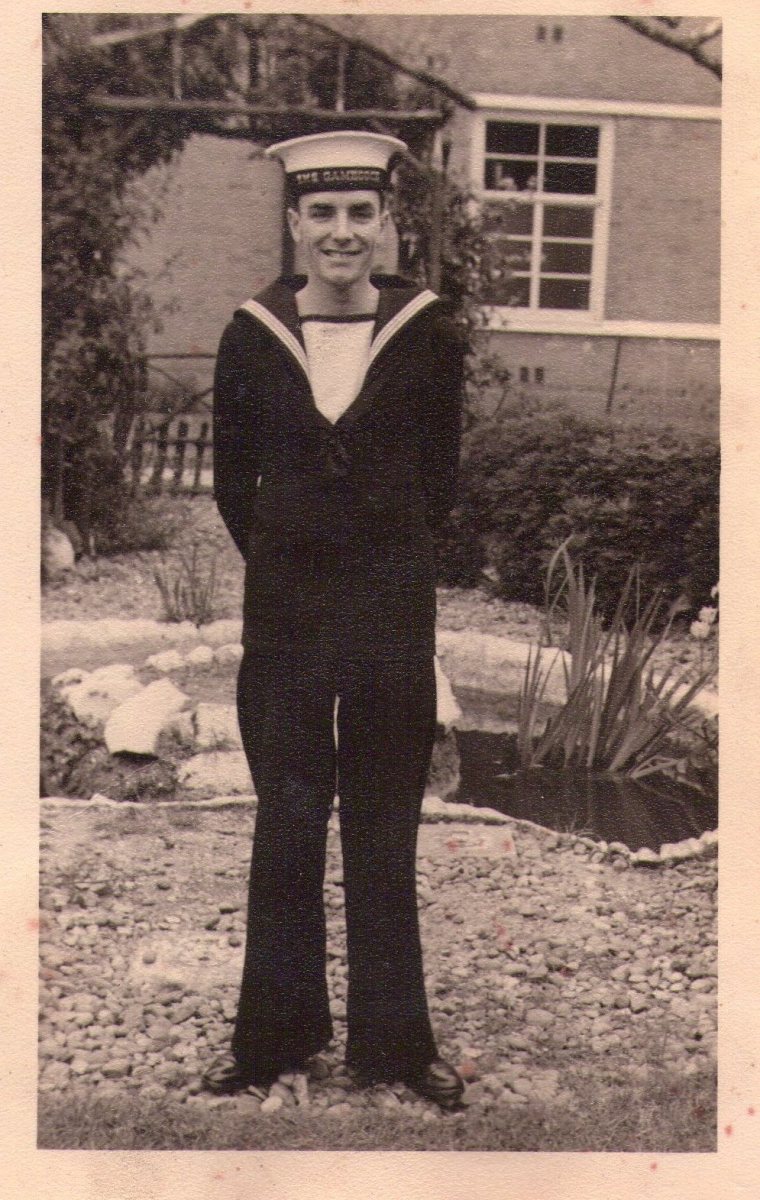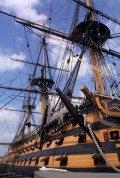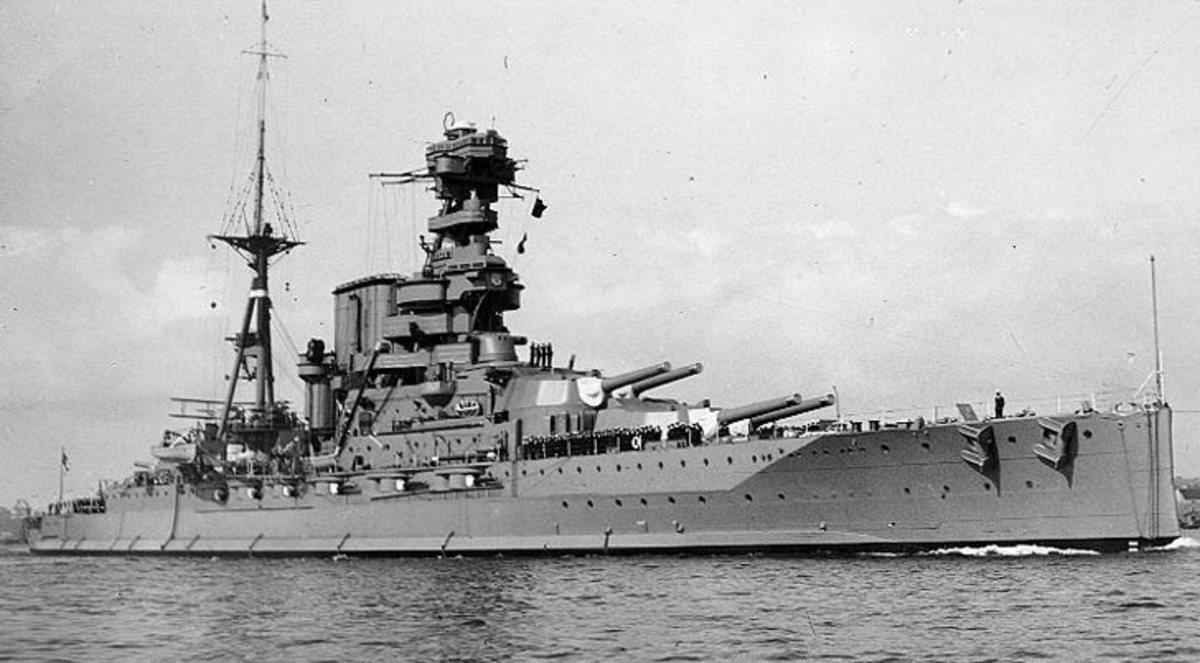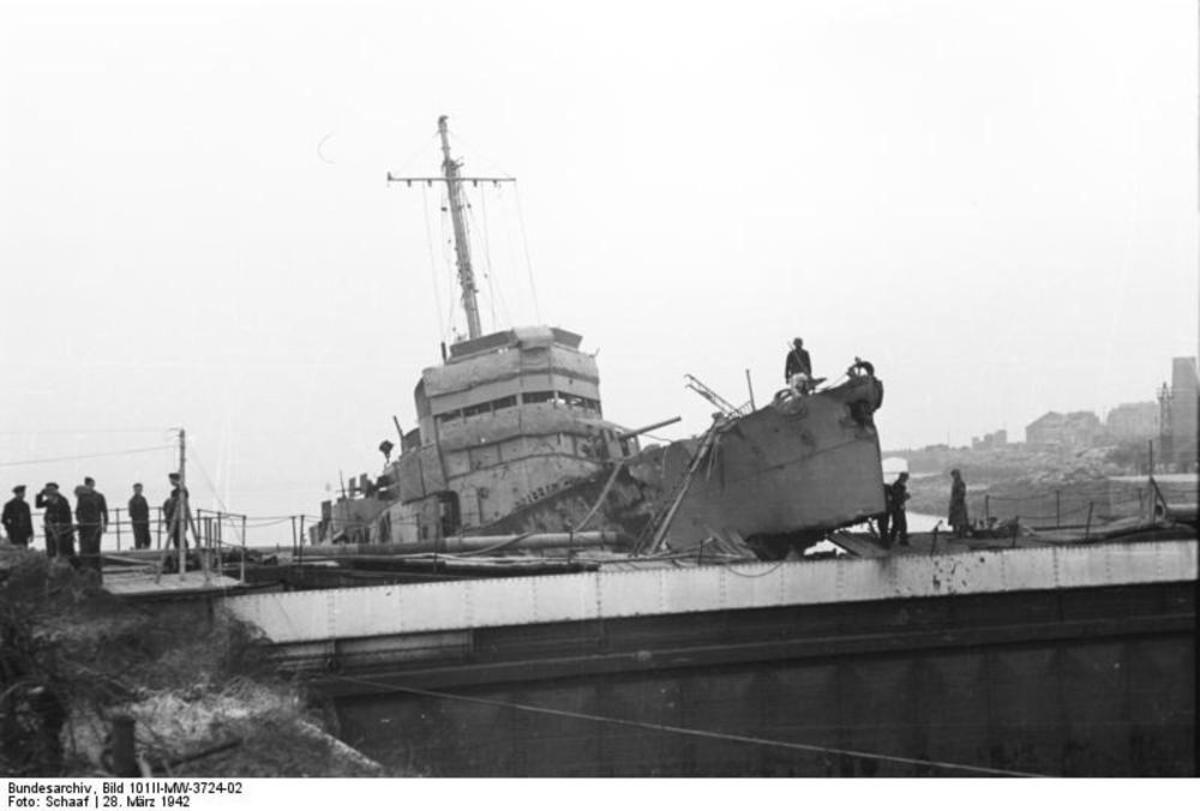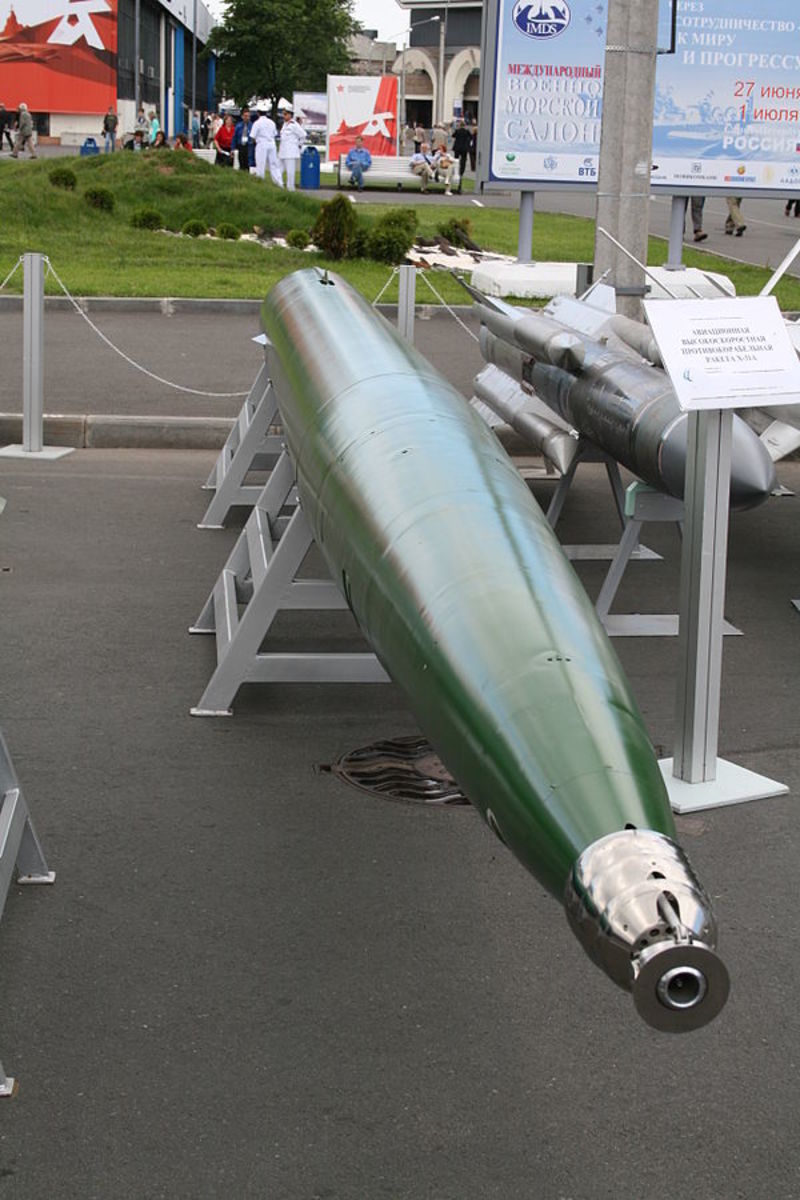- HubPages»
- Education and Science»
- History & Archaeology»
- Military History
Harking Back to the Battle of Jutland During Ww 1
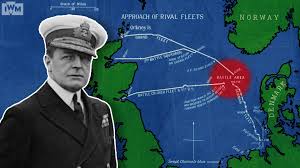
Background
The Baltic Sea is an important adjunct to the North Atlantic. Close to the coast of Denmark is a place called Jutland. This place and name are important as it was the scene of the world's largest surface ship battle. The battle was between the Royal Navy and the German Navy during the First World War. The battle took place from May 31 to 1st June 1916. It is the biggest engagement of the First World War.
The purpose of the battle was crucial as the emperor of Germany, Kaiser Wilhelm II, was keen to break the blockade of Germany by the Royal Navy. For the Royal Navy, it was important to negate the German plan and keep the blockade of Germany in force.
The German emperor authorised a head-on confrontation with the British fleet. He appointed Admiral Reinhard Scheer as the commander. His deputy was Vice Admiral Franz Hipper. He was given command of the dreadnaught cruiser squadron. The British war fleet was commanded by Admiral Sir John Jellicoe, along with Vice Admiral David Beatty, who took charge of the dreadnaught squadron. The stage was set for an epic clash.
Another reason for the clash was that the war in France had reached a stalemate with trench warfare on both sides, and the Kaiser thought that he would be able to defeat the Royal Navy and open the North Sea route. The German Admirals counted on winning the battle on the strength of their professionalism. The aim was to destroy the Royal Navy and tilt the balance of the war in favour of Germany.
The battle
The start of the battle was inauspicious for the Germans. The initial plan was to use the Zeppelin airships for reconnaissance to get the exact location of the British forces. This was not a success. Strong winds in the Baltic made the use of these airships dangerous. The second part of the plan was to use the U-boats. The German submarines were supposed to attack the British fleet. Here again, the Germans were handicapped as no fuel was available for U-boats, and they could join battle on 31st May when they should have gone into operation two days earlier.
An act of Providence gave father impetus to the Royal Navy's effort to defeat the German Navy. A German ship ran aground in waters close to Russia. The ship was captured, and as Russia was an ally of the British and French, they were able to break the code of the German fleet, and this was transferred to the Royal Navy. Thus, the Navy knew precisely what the German plan was.
The German plan was to use their cruiser squadron to act as a decoy and lure the main British fleet to a collision course, and Admiral Scheer was counting on the surprise and efficiency of the German fleet and annihilate the imperial armada.
The battle was fought in two phases. In the first phase, the fleet of Admiral Hipper was chased by the British fleet, and in the second phase, the German fleet under Scheer faced the British fleet. The battle lasted all night, and heavy gunfire from the battleships was the hallmark of this battle.
End
- The battle now commenced, but the edge was with the Royal Navy. They already knew the German plans, having broken the code. The British battleships, which were heavier than the German ships, were hit 27 times. This is a tribute to the accuracy of the German guns, but the British retaliated, and they closed in on the German fleet. 3 British battleships were lost. It is now known that the British losses were double those of the Germans, but in a strategic sense, the Germans could not break the stranglehold of the German Navy; in that respect, the German Navy failed. Both sides claimed victory. One can see that though the Germans had the better of the tactical exchange, the strategic aim was not achieved, and the blockade continued. The British masses were unhappy that they had not achieved a victory like Lord Nelson did at the Battle of Trafalgar.
- It cannot be denied that the British dominance over the North Sea increased, and the Germans from that time on were on the back foot and ultimately, after the revolution led by Lenin, and Russia's withdrawal from the war, the German morale was down and they sued for peace, leading to the Treaty of Versailles.
.
.


